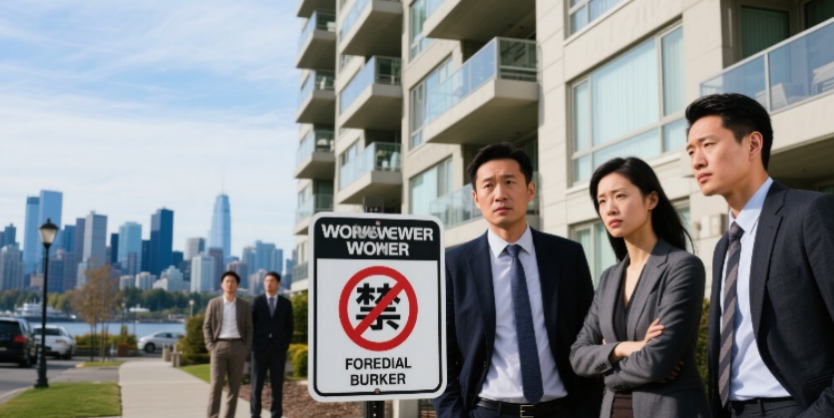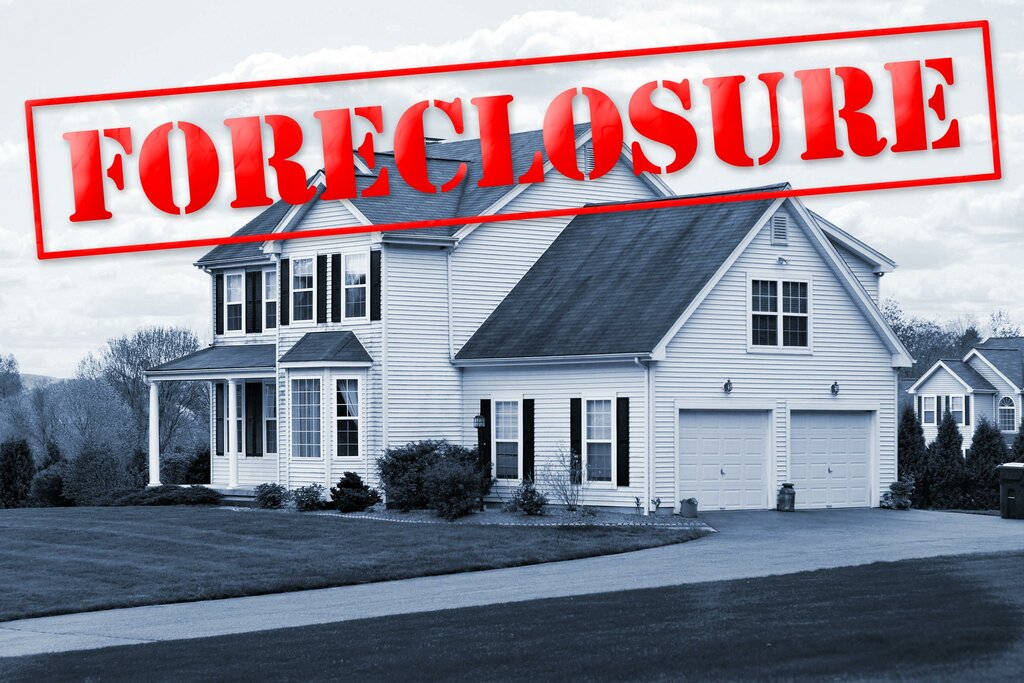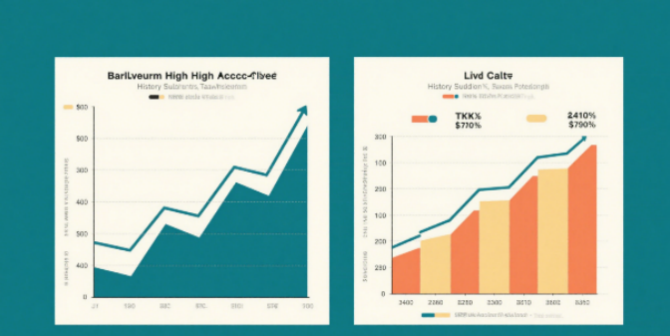
In recent years, Baltimore has been hailed as a poster child for urban revitalization, with historic tax credits (HTCs) positioned as a panacea for neighborhood renewal. These incentives, which offer property tax relief for rehabilitating historic buildings, have indeed spurred $1.2 billion in private investment since 1996 . However, this narrative overlooks a darker reality: HTCs are exacerbating inequality, displacing longtime residents, and hollowing out the very communities they claim to save.
The Illusion of Inclusive Growth
HTCs disproportionately benefit wealthy developers and out-of-town investors. For instance, the city’s Historic Tax Credit program grants a 10-year property tax break on increased property values, but 80% of these credits flow to high-income neighborhoods like Canton and Federal Hill . In contrast, low-income areas like Carrollton Ridge face an effective property tax rate of 2.18%—18% higher than Canton’s 1.85% . This disparity creates a vicious cycle: tax breaks attract affluent buyers, driving up housing costs and pricing out longtime residents, particularly Black families who make up 63% of Baltimore’s population .
The "halo effect" of HTC projects—where property values rise within 500 feet of rehabilitated buildings —only deepens this divide. While developers profit from rising rents, working-class residents struggle to afford even modest homes. In East Baltimore’s Oliver neighborhood, HTC-funded projects like the $9.2 million East Baltimore Historic II initiative have restored vacant rowhouses, but units are rented at 80% of the area median income (AMI), pricing out families earning below 50% AMI .
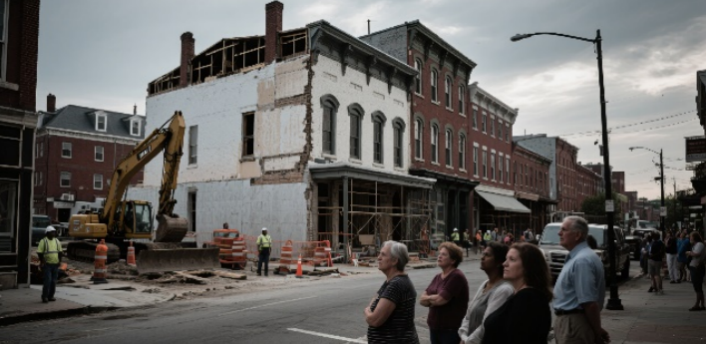
The Hidden Costs of Preservation
HTCs also drain critical public resources. Between 2010 and 2021, Baltimore’s tax credit programs ballooned from $13.6 million to $62.6 million annually, with HTCs alone costing the city $10 million per year . This fiscal hemorrhage diverts funds from schools, healthcare, and affordable housing—services disproportionately relied upon by low-income communities. For every dollar the city foregoes in HTCs, it could fund 20 Section 8 vouchers or repair 15 dilapidated public housing units .
Moreover, the focus on historic preservation often erases the lived experiences of marginalized communities. In neighborhoods like Pigtown, HTC-driven renovations prioritize aesthetic "authenticity" over functional needs, replacing affordable duplexes with luxury condos . This homogenization erodes cultural diversity and displaces small businesses, such as the Black-owned barbershops and corner stores that once anchored these areas.
The False Promise of Trickle-Down Revitalization
Proponents argue HTCs create jobs and stimulate local economies. While projects generate short-term construction jobs, the long-term benefits are minimal. The average HTC project in Baltimore employs only 600 workers annually, with 70% of these roles filled by out-of-state contractors . Meanwhile, longtime residents—many of whom lack construction skills or access to training—are shut out of economic opportunities.
Worse, HTCs incentivize speculative development. Developers often acquire undervalued properties in historic districts, renovate them for luxury rentals, and flip them for profit, bypassing local homebuyers. In Butchers Hill, a historic district, the median home price surged from $220,000 to $450,000 between 2010 and 2020, while the Black population declined by 12% . This "preservation-driven displacement" mirrors trends in cities like New Orleans and D.C., where HTCs became tools for racial and economic exclusion.
A Path Forward: Equity Over Aesthetics
To address these harms, Baltimore must reorient its HTC program. First, the city should cap tax credits at 6% of property tax revenue, redirecting savings to affordable housing and community services . Second, HTCs should prioritize projects that preserve existing affordable housing and prioritize local hiring. For example, requiring developers to reserve 30% of units for households earning below 50% AMI and partner with workforce development programs could mitigate displacement.
Additionally, Baltimore should adopt a "just preservation" framework, centering community input in redevelopment decisions. In neighborhoods like Upton, residents are advocating for mixed-income housing and tenant protections alongside historic renovations—a model that balances preservation with equity.
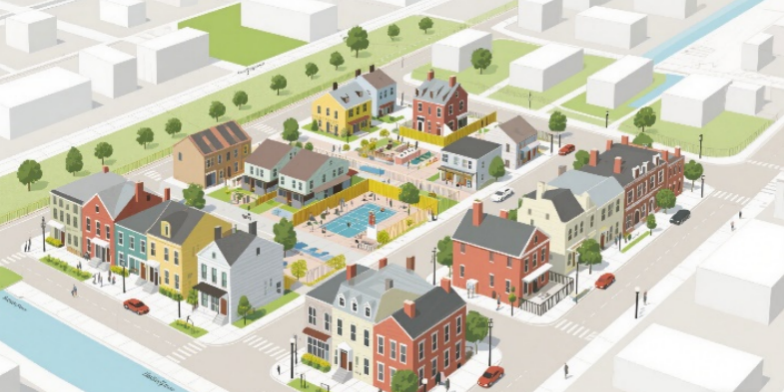
Conclusion
The "Baltimore Renaissance" narrative is a myth perpetuated by glossy renderings and developer-friendly policies. While historic tax credits have beautified select neighborhoods, they have also deepened segregation, drained public coffers, and eroded the city’s soul. True revitalization requires reimagining HTCs as tools for community empowerment, not gentrification. Until Baltimore prioritizes people over profit, its historic districts will remain monuments to exclusion, not inclusion.




